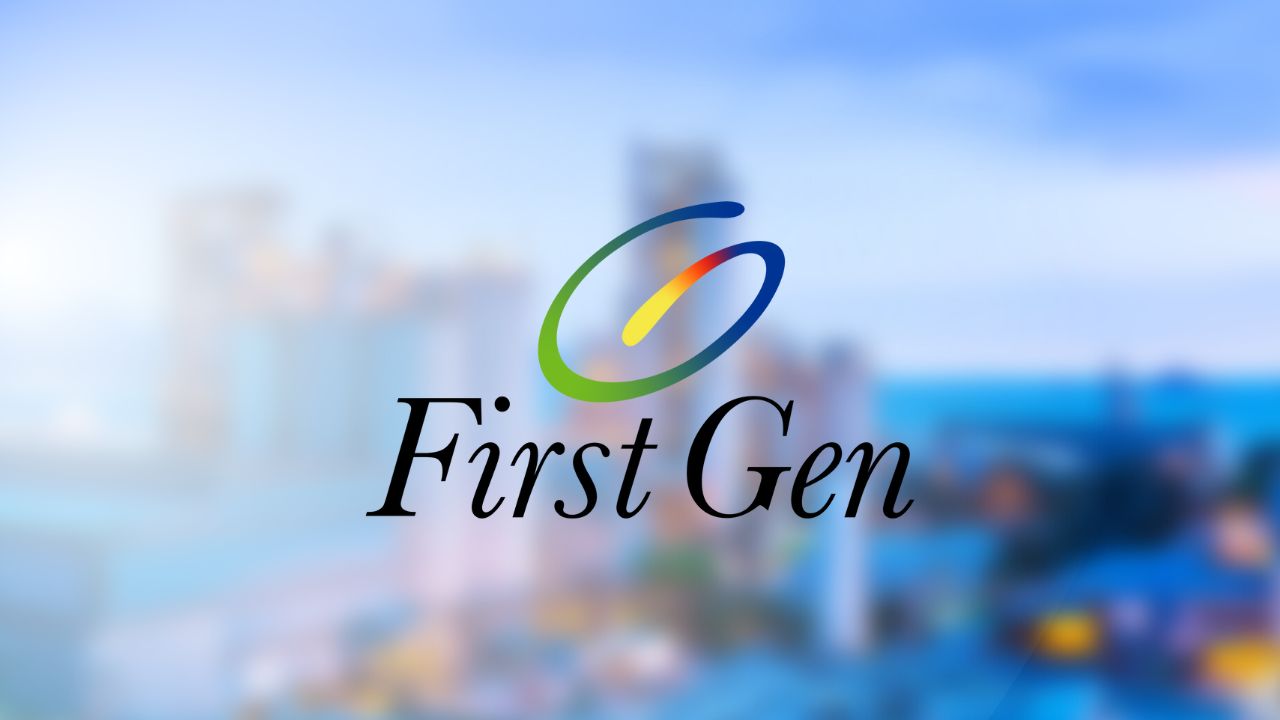This file photo, provided by Celltrion, shows Steqeyma, a biosimilar product for Stelara, an autoimmune disease treatment. (Image courtesy of Yonhap) SEOUL, April 22, (Korea Bizwire) — Intensifying competition from biosimilars and the looming expiration of lucrative drug patents have emerged as the foremost concerns for global pharmaceutical, biotech, and medical device companies, according to a 2025 report by Deloitte Korea. The report, titled “Five Key Challenges for the Global Pharmaceutical and Biotech Industry in 2025,” draws on a survey conducted in August and September 2024 of 150 C-suite executives across seven countries.
A combined 67% of respondents identified biosimilars, generics, and patent expirations — known as the “patent cliff” — as their top industry risks. The patent cliff refers to the sudden drop in revenue when exclusive rights to blockbuster drugs expire, allowing lower-cost biosimilars or generics with equivalent safety and efficacy to enter the market. In 2025, these concerns have intensified due to the expiration of key biologic drug patents and ongoing efforts by former U.

S. President Donald Trump to drive down prescription drug prices. A notable example is Amgen’s osteoporosis treatment Prolia , which generated over 8 trillion won (approximately $5.
9 billion) in global revenue in 2023. As its patent expired, Samsung Bioepis received approvals in early 2025 for biosimilar versions—marketed as Ossformiv in the U.S.
and Obodense in Europe—and gained domestic authorization in Korea earlier this month. Trump has doubled down on his pledge to improve drug affordability, recently signing an executive order titled “Put Americans First, Lower Drug Prices Again.” The policy calls on the U.
S. Food and Drug Administration to streamline biosimilar approvals and encourage healthcare providers to prescribe more affordable alternatives. According to industry analytics firm Evaluate Pharma, the pharmaceutical and biotech sector faces more than $300 billion in potential revenue loss by 2026 due to expiring patents alone.
To counteract this pressure, 77% of executives surveyed anticipate increased merger and acquisition (M&A) activity in 2025 as companies seek to expand or diversify their portfolios. Pfizer’s acquisition of Biohaven Pharmaceuticals to strengthen its neurology offerings is one recent example. However, the report warns that M&A is not a guaranteed solution, citing risks such as clinical trial uncertainty, integration challenges, and strategic misalignment that may hinder expected synergies.
Executives also highlighted other major sources of business uncertainty: 37% cited evolving global regulations, while 36% pointed to supply chain disruptions and inflation, often exacerbated by geopolitical tensions. Despite these headwinds, optimism surrounds the role of generative AI in transforming drug development. Sixty percent of respondents said they plan to increase investment in generative AI tools, which are already showing promise in reducing R&D timelines and costs.
French pharmaceutical giant Sanofi, for example, is now using AI to compress research timelines from weeks to hours, the report noted. As global pharma leaders navigate the challenges of 2025, the convergence of AI innovation, regulatory shifts, and rising competition is reshaping strategies across the life sciences landscape. Ashley Song ( ashley@koreabizwire.
com ).
Business

Biosimilar Competition and Patent Expirations Top Concerns for Global Pharma Leaders, Survey Finds

SEOUL, April 22, (Korea Bizwire) — Intensifying competition from biosimilars and the looming expiration of lucrative drug patents have emerged as the foremost concerns for global pharmaceutical, biotech, and medical device companies, according to a 2025 report by Deloitte Korea. The report, titled “Five Key Challenges for the Global Pharmaceutical and Biotech Industry in 2025,” [...]The post Biosimilar Competition and Patent Expirations Top Concerns for Global Pharma Leaders, Survey Finds appeared first on Be Korea-savvy.














